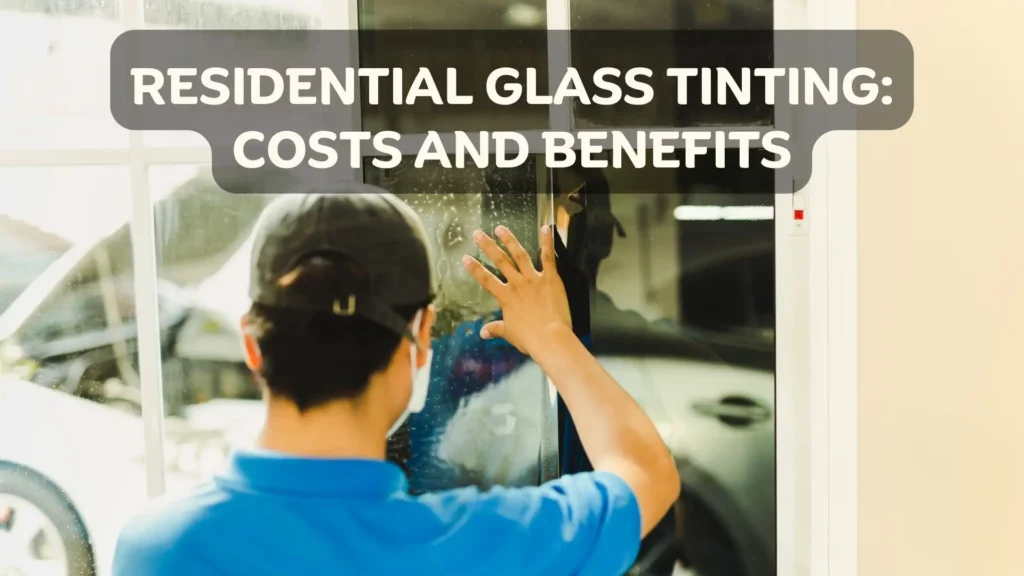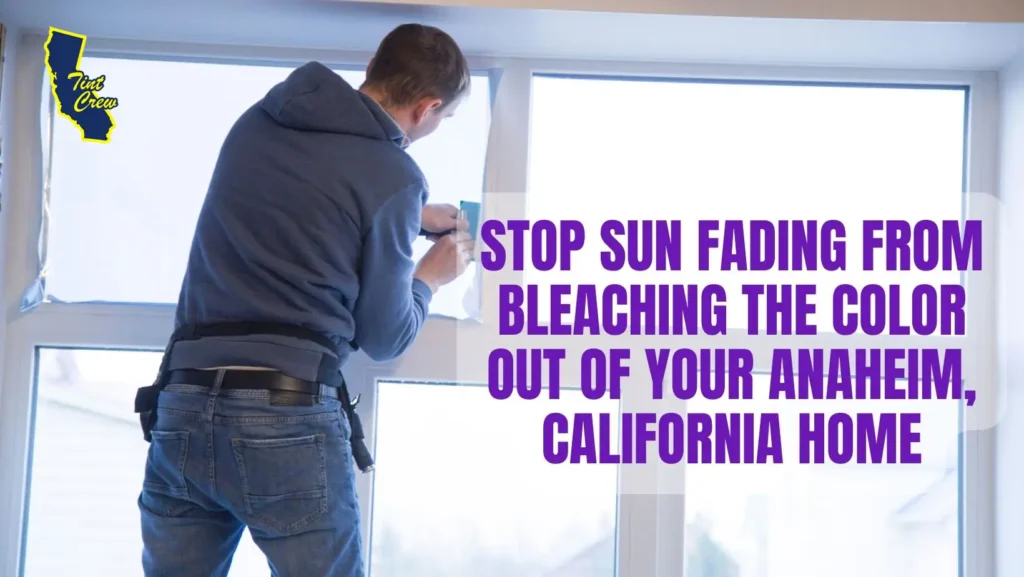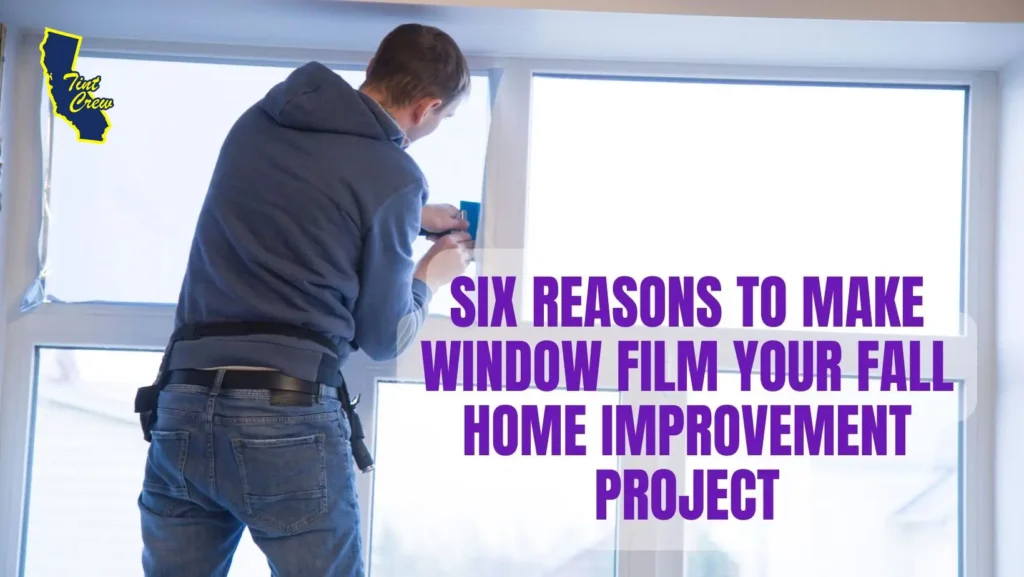
Windows are an essential part of your home. They provide light, views, and ventilation. But traditional windows also present challenges – excessive heat, damaging UV rays, glare, and lack of privacy. Residential glass Window tinting offers a solution, transforming windows into energy-efficient, comfortable barriers. Here’s a breakdown of costs and the extensive benefits home window tinting provides.
What is Residential Glass Tinting?
Residential glass tinting involves applying a thin, specialized film to the interior or exterior surface of your windows. This film comes in numerous shades, thicknesses, and materials, each offering distinct benefits.
Types of Residential Window Tint
- Dyed Film: Affordable, primarily blocks solar heat. Less durable and prone to fading.
- Metalized Film: Very effective at blocking heat and glare, with a reflective appearance. May interfere with cell signals.
- Ceramic Film: Superior heat rejection, color stability, and no signal interference. Higher cost.
- Hybrid Films: Combine the advantages of different film types in varying proportions.
Costs of Residential Glass Tinting
The cost of residential glass tinting projects varies based on:
- Type of film: Material quality and features impact the overall price.
- Square footage: Larger windows and greater total window area increase the cost.
- Window accessibility: Hard-to-reach windows require more labor = a higher price tag.
- Professional vs. DIY installation: Professional installation adds cost but delivers quality results and typically includes a warranty.
Estimating Your Costs
Most window tinting companies offer free estimates. Expect to pay anywhere from $5-$15 per square foot for professional installation depending on the factors mentioned above. DIY kits are cheaper but successful results are harder to guarantee.
Benefits of Residential Glass Tinting
The benefits of residential window tinting far outweigh the investment. Here’s why:
- Energy Savings: Tinting can reduce heat gain by up to 80%, minimizing air conditioning usage. This translates into lower energy bills, especially in hot climates.
- UV Protection: Window tinting blocks up to 99% of harmful UV rays, protecting furniture, carpets, and artwork from fading and sun damage.
- Enhanced Comfort: Tinting keeps interiors cooler in summer and helps retain heat in winter, creating a more comfortable living space year-round.
- Reduced Glare: Tinting minimizes annoying glare on TVs and computer screens, improving visibility and reducing eye strain.
- Increased Privacy: Certain tints make it harder to see into your home during the day, enhancing privacy without sacrificing natural light.
- Improved Aesthetics: Tinting can add a sleek, modern touch to your home’s appearance.
- Security: Some security films strengthen glass, hindering breakage, and deterring theft.
Is Residential Glass Tinting Worth It?
Absolutely! While it does have an upfront cost, residential window tinting pays for itself over time. The energy savings, enhanced comfort, and protection for your home’s interior make it a smart investment. Increased home value is an added bonus.
Conclusion
If you’re looking for a way to improve your home’s comfort, reduce energy costs, and add value, residential glass tinting deserves serious consideration. Consult with reputable window tinting companies for personalized quotes and film recommendations tailored to suit your needs and budget.


